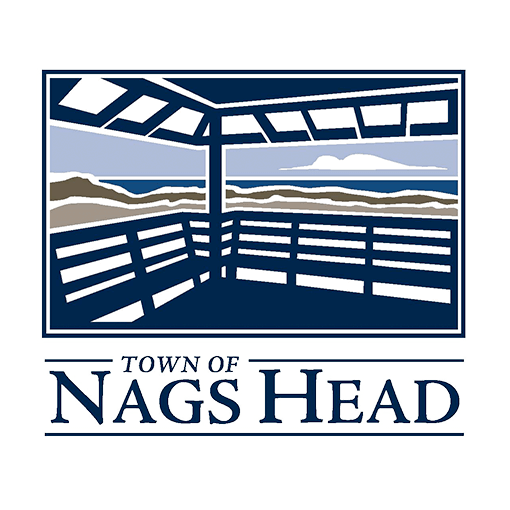
Nags Head
Dare County, North Carolina
The Town of Nags Head, located on the North Carolina Outer Banks in Dare County, is a unique, coastal community steeped in culture and history, and rich in natural resources. Nags Head boasts the longest oceanfront shoreline of any municipality in Dare County at 11.29 miles, as well as 17.3 miles of estuarine shoreline. The 6.6 square mile jurisdiction is comprised mostly of single-family residential development with an equal amount of conservation/open space. The Town is the gateway to the Cape Hatteras National Seashore and home to Jockey’s Ridge State Park and Nags Head Woods Preserve. While the year-round population is 3,069 as of 2020, the seasonal population is estimated to swell to 40,000 during the peak summer visitation periods.
The Town of Nags Head was formally incorporated in 1961 and has grown significantly since its beginnings. However, the Town is still known as a family beach destination with a relaxed pace of life. Since incorporation, the Town has undertaken extensive efforts to address issues related to transportation, stormwater, decentralized wastewater, shoreline management, parks and recreation, beach access, architectural design, growth management, and flooding. The Town recognizes the value of our coastal ecosystem and the role it plays in making Nags Head a great place to live, work, and visit.
The Town is vulnerable to flooding, both from storm surge (ocean and sound) and rainfall, and has seen an increase in chronic flooding. The increase in occurrences of “extreme” rainfall events has led to extended periods of inundation in developed low-lying areas. The effects of sea-level rise and climate change further complicate and exacerbate the effects of flooding. The Town is committed to developing policies as well as completing planning and infrastructure projects to proactively mitigate the effects of flooding.


